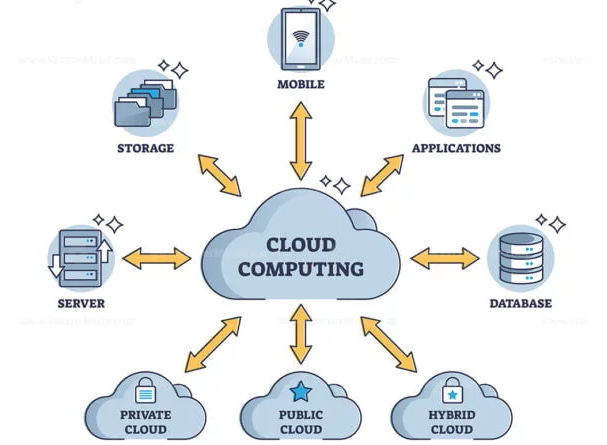Time to be Cloud Smart not Cloud First: A Review
According to Gartner, more than half of enterprise IT spending in key market segments will shift to the cloud by 2025. This means that traditional IT vendors that focus on on-premise solutions will face increasing challenges, while those that sell to cloud-service providers will see more opportunities. Cloud spending is also driven by the demand for AI and automation, as well as the introduction of new technologies such as distributed cloud3. However, cloud vendors may also raise their prices and increase their utilization, which could affect the cost and efficiency of cloud services.
The impact of cloud spending on the IT service providers is not only financial, but also strategic and operational. IT service providers need to adapt to the changing customer needs and expectations, as well as the competitive landscape. They need to differentiate themselves with unique features and quality support, and leverage their expertise and relationships to offer value-added services. They also need to cope with the talent shortage and the skills gap, as well as the security and regulatory risks associated with cloud computing.
Cloud computing is a complex and evolving technology that has both advantages and disadvantages for enterprises. Some of the benefits of cloud computing include reduction in IT capital and operational expenditures, increased scalability and flexibility, and access to innovative services and solutions. However, cloud computing also poses some challenges and risks, such as data security and privacy, compliance with regulations and standards, vendor lock-in and reliability, and cultural and organizational changes.

Cloud computing is a long-term investment, and businesses must think and strategize effectively to get the most out of it. The flow of cloud expenditures is funnel-based, which means that your spending is high in all capabilities but the true benefits of cloud will take time to manifest. As a result, now is the time to think smartly and be cloud smart about your actual requirements, efficient cost management, resource allocation, optimization, and so on. It is no longer necessary to be cloud first because everyone is aware of cloud capabilities and how they can benefit all industries. It is now time to better understand, use, and plan your cloud program than to embrace the cloud.
Ultimately, the answer to whether cloud computing is a boon or bane for enterprises depends on how well they understand their business needs and goals, evaluate the cloud offerings and providers, and implement a cloud strategy that aligns with their risk management, long-term sustainability and value optimization objectives. Cloud computing is not a one-size-fits-all solution, but rather a spectrum of options and trade-offs that enterprises need to carefully consider and balance.
Cloud computing can offer many benefits for businesses, such as:
Cost savings: Cloud computing eliminates the need for buying and maintaining expensive hardware and software, as well as paying for electricity, cooling, and security.
Scalability: Cloud computing allows businesses to easily adjust their computing resources according to their needs, without wasting money on unused capacity or facing performance issues due to insufficient resources.
Reliability: Cloud computing provides backup and recovery options, as well as redundancy and fault tolerance, to ensure that the data and applications are always available and accessible.
Security: Cloud computing providers use various methods to protect the data and applications from unauthorized access, such as encryption, firewalls, identity and access management, and compliance standards.
Innovation: Cloud computing enables businesses to access the latest technologies and tools, such as artificial intelligence, machine learning, and big data analytics, to gain insights and improve their products and services.

